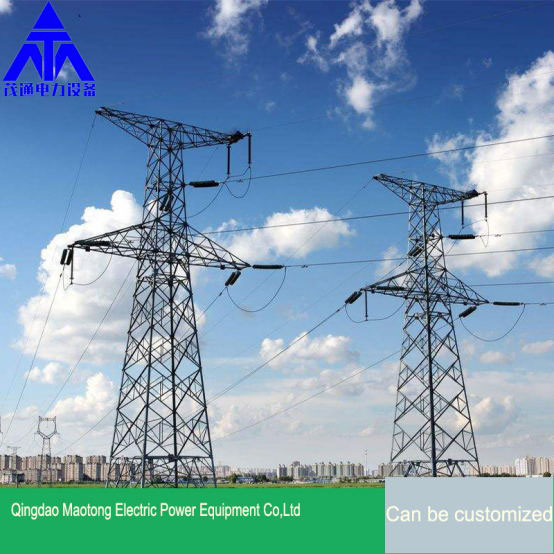Exploring the Strength and Versatility of Angle Steel Towers
2025-04-07
In the world of infrastructure and communication, structural strength and reliability are non-negotiable. One structure that consistently delivers both is the Angle Steel Tower. These towers are widely used across multiple industries for power transmission, telecommunications, and other applications that demand durability and long-lasting performance.
What Is an Angle Steel Tower?
An angle steel tower is a type of lattice structure made from steel angles, which are L-shaped cross-sectional pieces of metal. These angles are bolted or welded together to form a tower with a triangular or square base that tapers upwards. Due to their shape and configuration, these towers offer a high strength-to-weight ratio, making them ideal for supporting heavy loads at great heights.
Key Applications
Angle steel towers are used in a wide range of industries, such as:
- Power Transmission: Supporting high-voltage electrical lines across long distances.
- Telecommunications: Hosting antennas and dishes for cellular, radio, and internet signals.
- Wind Energy: Acting as support structures for smaller wind turbines in off-grid areas.
- Broadcasting: Providing elevation for TV and radio signal transmission.
Their design allows for flexibility in height and layout, making them suitable for both urban and rural environments.
Advantages of Angle Steel Towers
Angle steel towers are popular for several reasons:
1. High Strength: The lattice structure efficiently distributes loads, reducing stress on individual components.
2. Corrosion Resistance: Galvanized or coated angle steel resists rust and environmental damage, especially in coastal or industrial areas.
3. Easy Assembly: These towers are typically assembled on-site using bolts and nuts, allowing for quicker installation and easier transportation.
4. Cost-Effective: Thanks to the efficient use of materials and long service life, angle steel towers offer a strong return on investment.
5. Lightweight: Despite their strength, they are relatively lightweight compared to solid towers, reducing the load on foundations.
Design and Manufacturing
The design of angle steel towers is based on engineering principles that account for wind loads, weight, and seismic activity. Engineers conduct structural analysis to determine the best configuration for the tower’s intended purpose. The manufacturing process involves cutting, punching, and galvanizing steel angles to precise specifications. Quality control is essential to ensure safety and reliability in the final structure.
Maintenance and Lifespan
With proper maintenance, angle steel towers can last for decades. Regular inspections are necessary to check for corrosion, loose bolts, or damage from environmental exposure. Protective coatings or paint may be reapplied to extend the life of the structure.
Conclusion
Angle steel towers are a vital part of modern infrastructure, offering strength, reliability, and versatility. Whether supporting power lines in remote regions or enabling communication in urban centers, these towers prove that smart engineering and quality materials can achieve great heights—literally and figuratively.



